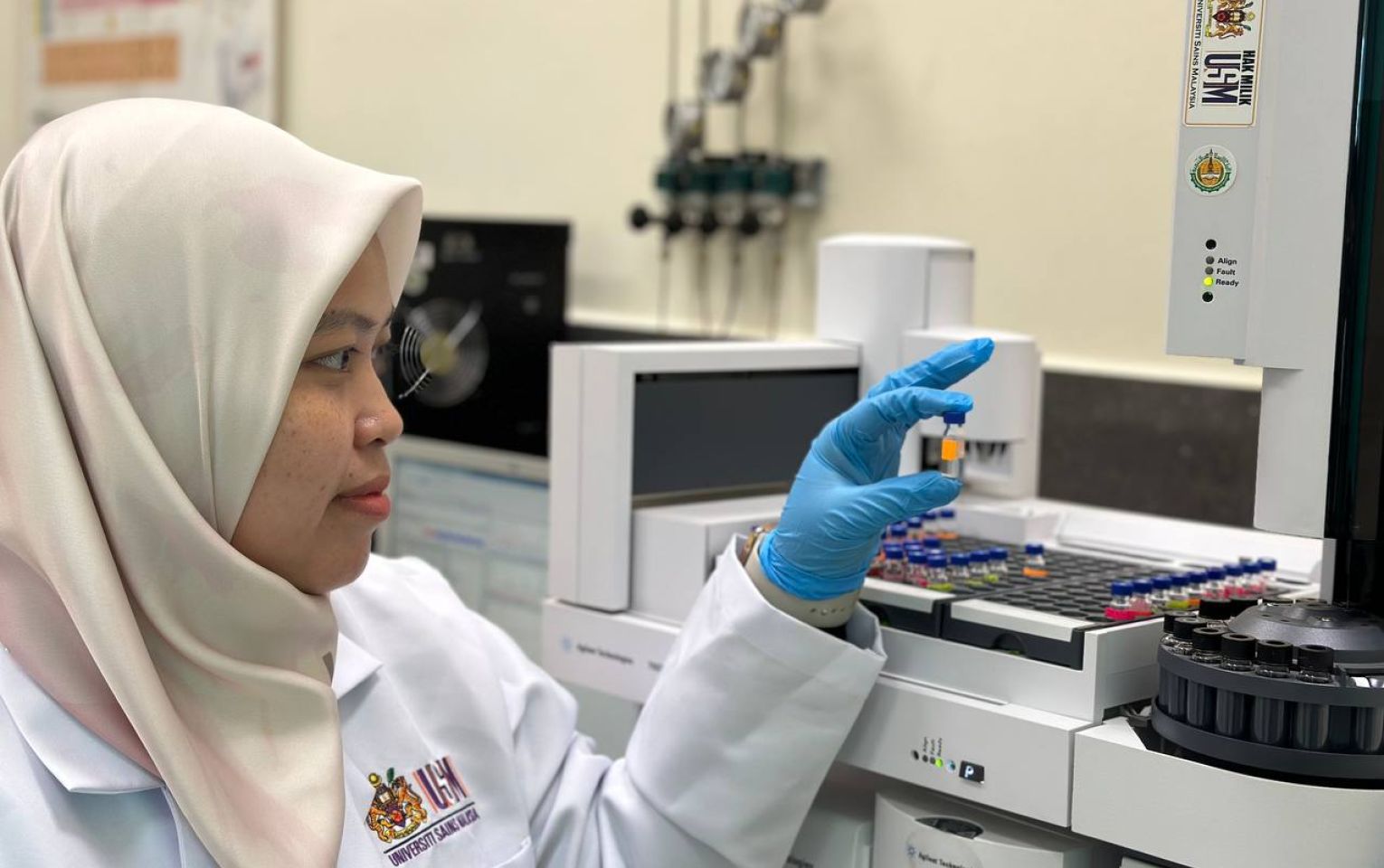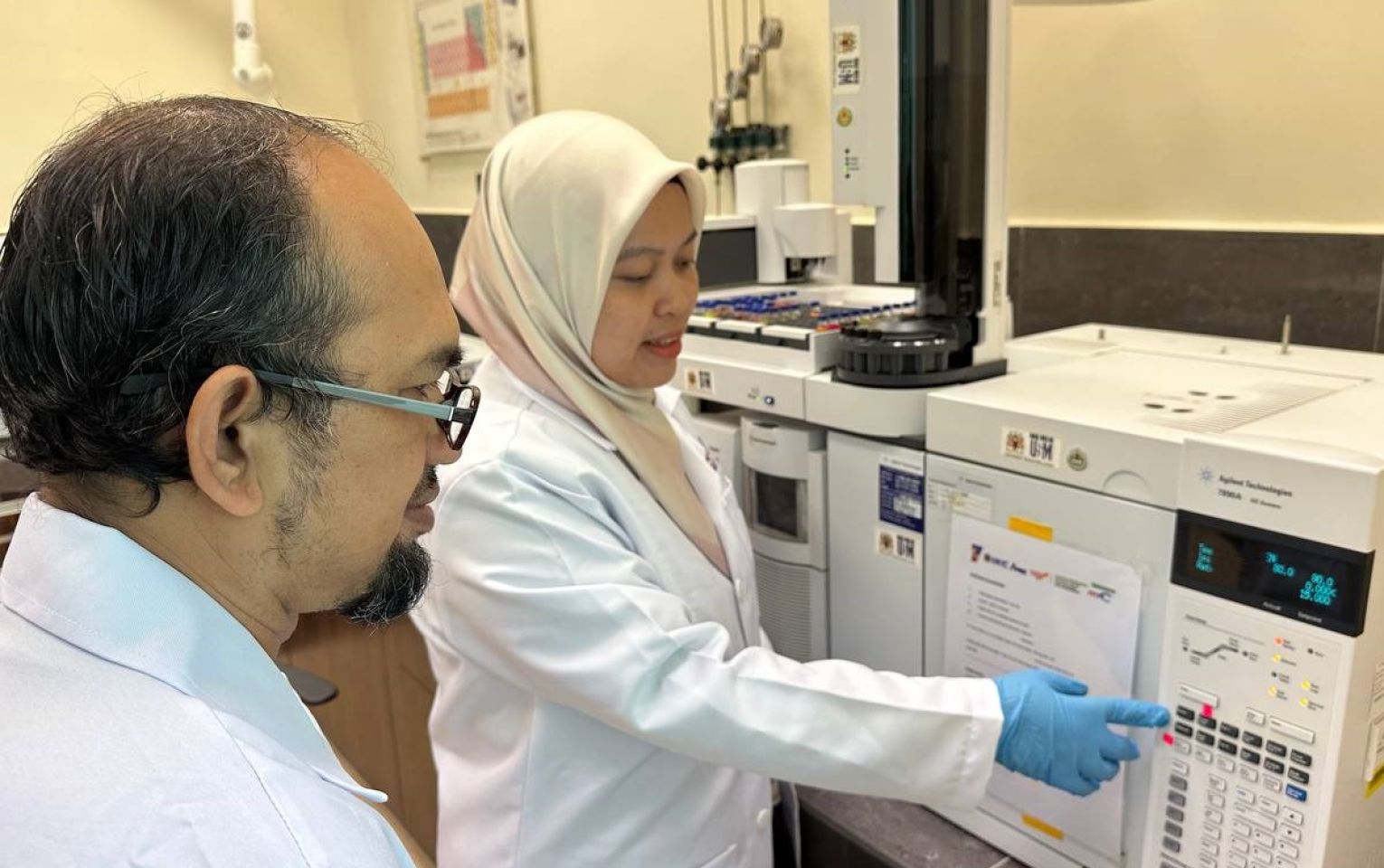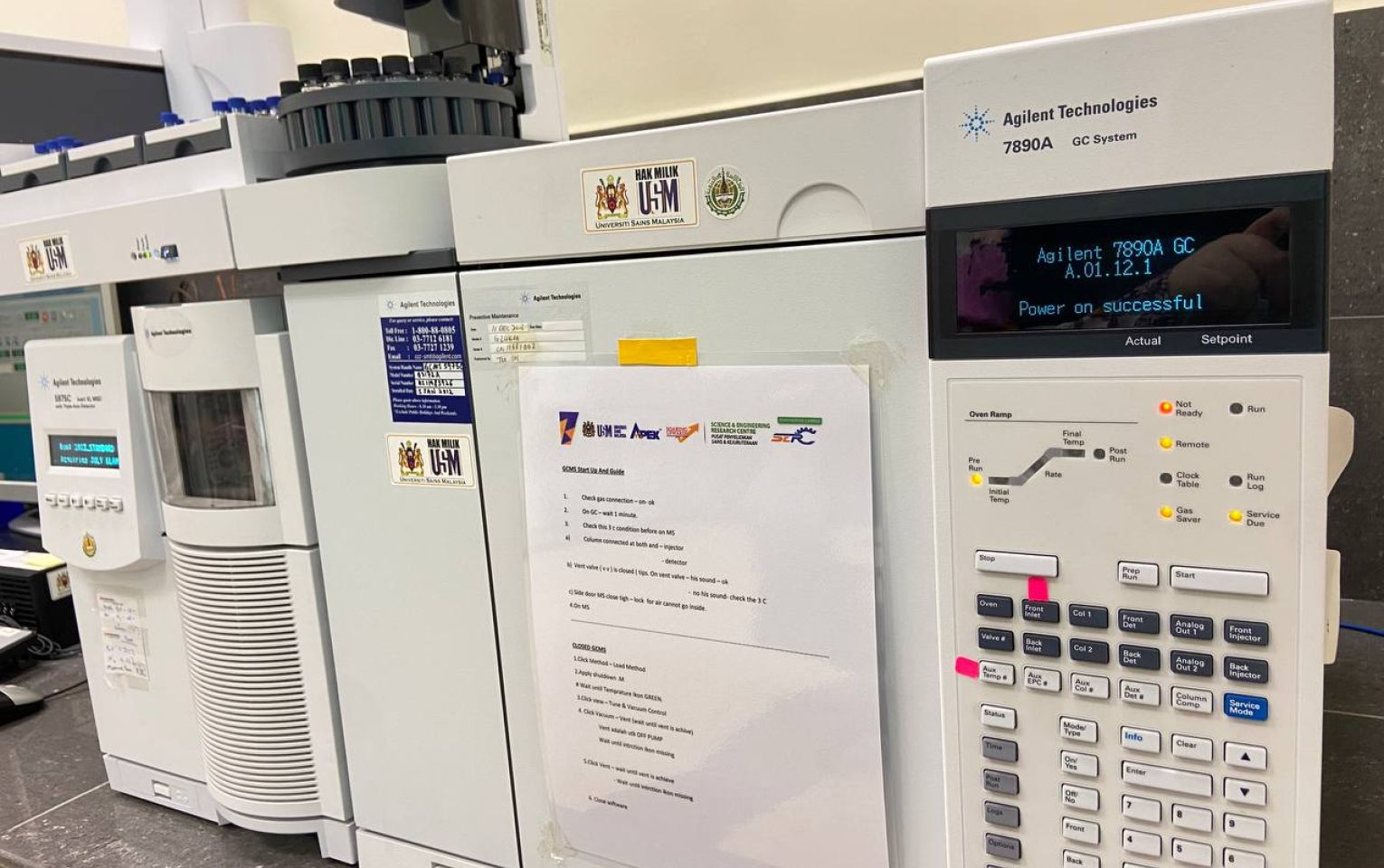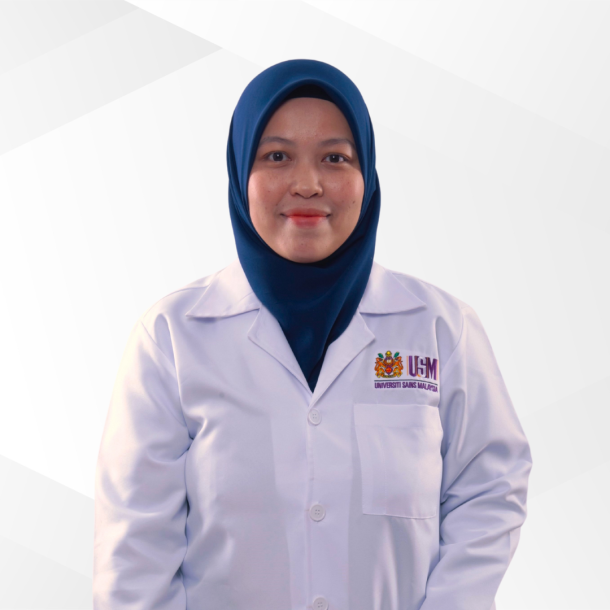GAS CHROMATOGRAPHY MASS SPECTROMETER (GC-MS)
DOWNLOAD REQUEST FORM HERE
INSTRUMENT NAME & MODEL: Gas Chromatography Mass Spectrometer (Agilent 7890A/ 5975C GCMS System)
Gas chromatography mass spectrometry (GC-MS) is an instrumental technique, comprising a gas chromatograph (GC) coupled to a mass spectrometer (MS), by which complex mixtures of chemicals may be separated, identified and quantified. This makes it ideal for the analysis of the hundreds of relatively low molecular weight compounds found in environmental materials. In order for a compound to be analysed by GC-MS, it must be sufficiently volatile and thermally stable. In addition, functionalised compounds may require chemical modification (derivation), prior to analysis, to eliminate undesirable adsorption effects that would otherwise affect the quality of the data obtained. Samples are usually analysed as organic solutions consequently materials of interest (e.g. soils, sediment etc.) need to be solvent extracted and the extract subjected to various ‘wet chemical’ techniques before GC/MS analysis is possible.
The sample solution is injected into the GC inlet where it is vaporized and swept onto a chromatographic column by the carrier gas (usually helium). The sample flows through the column and the compounds comprising the mixture of interest are separated by virtue of their relative interaction with the coating of the column (stationary phase) and the carrier gas (mobile phase). The latter part of the column passes through a heated transfer line and ends at the entrance to ion source where compounds eluting from the column are converted to ions.
The next component is a mass analyser (filter), which separates the positively charged ions according to various mass related properties depending upon the analyser used. Several types of analyzer exist: quadrupoles, ion traps, magnetic sector, time-of-flight, radio frequency, cyclotron resonance and focusing to name a few. The most common are quadrupoles and ion traps. After the ions are separated they enter a detector the output from which is amplified to boost the signal. The detector sends information to a computer that records all of the data produced, converts the electrical impulses into visual displays and hard copy displays. In addition, the computer also controls the operation of the mass spectrometer.
CATEGORY: CHROMATOGRAPHY LABORATORY
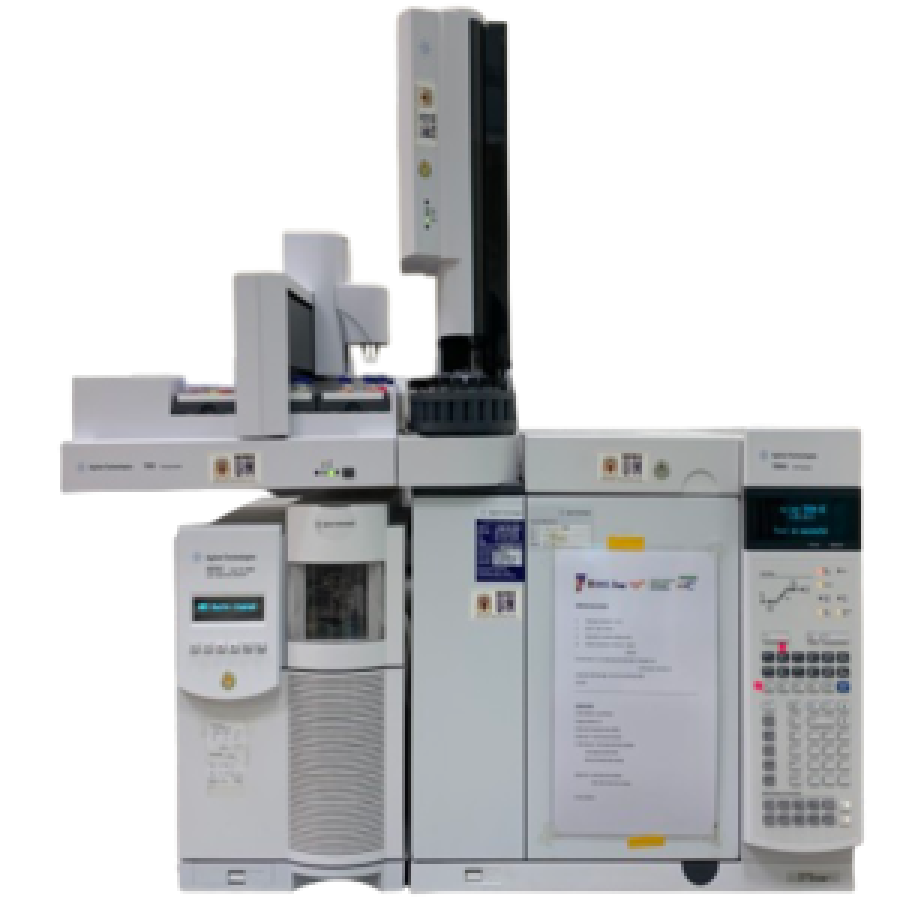
Special Features
- High temperature, solid inert ion source boost productivity
- Gold standard quadrupole design and performance
- Triple-Axis Detector
- Trace Ion Detection and the second generation of Deconvolution Reporting Software (DRS) delivers a real performance improvement for trace analysis in complex matrices
- High-Performance Selected Ion Monitoring (SIM) and Full Scan
- Synchronous SIM/Scan functionality captures SIM data and full scan data in the same acquisition, with no compromise in analytical performance.
- SIM dwell times can be set in from over 100 msec to 1 msec in 1 msec increments. AutoSIM automatically converts scan data into SIM or SIM/scan acquisition parameters saving setup time for methods with many peaks.
GC/MS software helps you make the most of every run, and every workday
- Control of two GC/MS systems from a single MSD ChemStation
- Integrated control of the versatile CTC PAL autosamplers can boost your lab s output with automated sample preparation (available option).
- Retention Time Locking (RTL) gives you repeatable retention times across systems regardless of operator, detector type and column maintenance. In combination with Agilent or user-created databases, it will let you quickly screen unknown peaks with added confidence.
- Automatic tuning to ensure more accurate results every time for EI, PCI and NCI Modes.
- SemiQuant capability to estimate the concentration of uncalibrated compounds.
- Integration with Enterprise Content Management (ECM) makes it easy to store, retrieve and organize all of the electronic data generated in your laboratory including your GC/MSD files and reports.
Maintenance and Reliability Features
- High-reliability vacuum system assures maximum long-term performance; available oil-free pumping systems virtually eliminate pump maintenance, reduce noise, and can be used with corrosive gases such as ammonia.
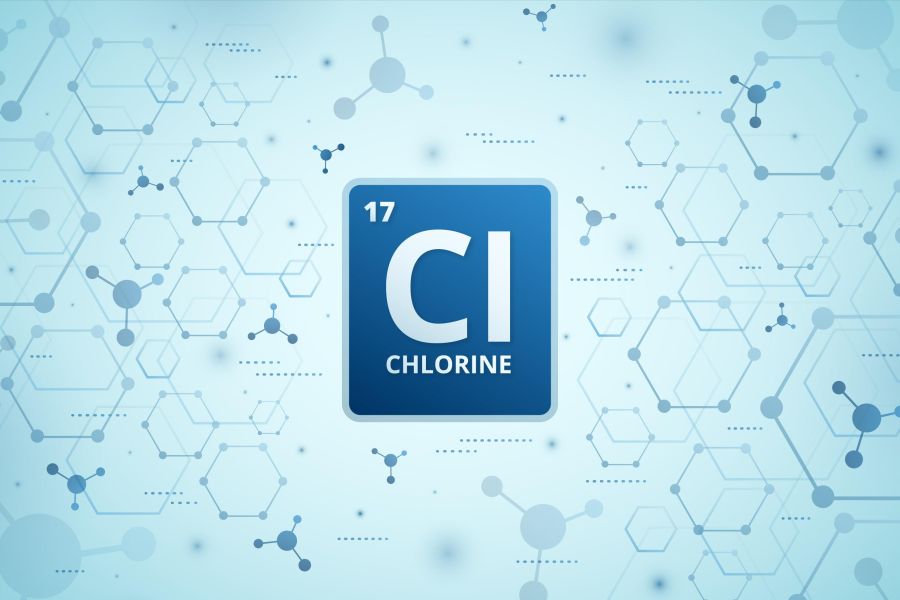
Applications
-
GC-MS is highly effective and versatile analytical techniques with numerous scientific applications. It is a very useful for quality control, analytical research, impurity profiling and maintenance for human welfare and development:
- Environmental Monitoring
- Food, Beverage, Flavour and Fragrance Analysis
- Forensic and Criminal Cases
- Medicine and Pharmaceutical Applications
- Petrochemical and Hydrocarbons Analysis
- Academic Research
- Industrial Applications
- Energy and Fuel Applications
Sample Requirements
- Volatile Liquid
Typical Results
coming soon
